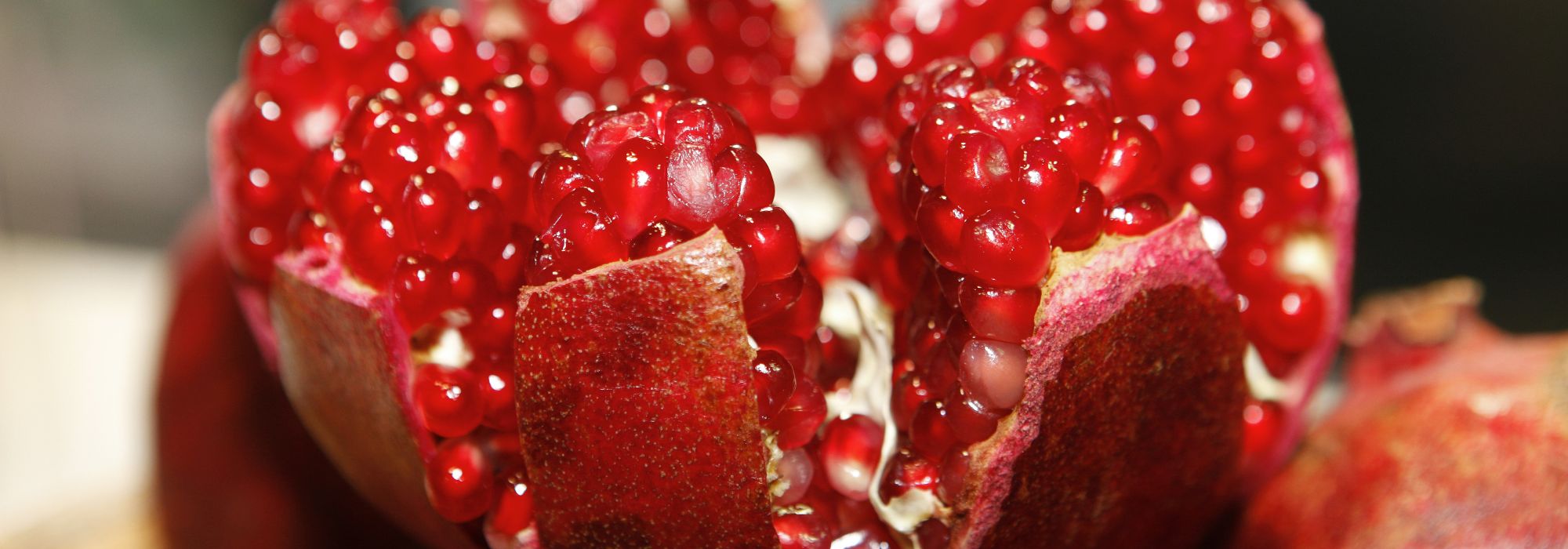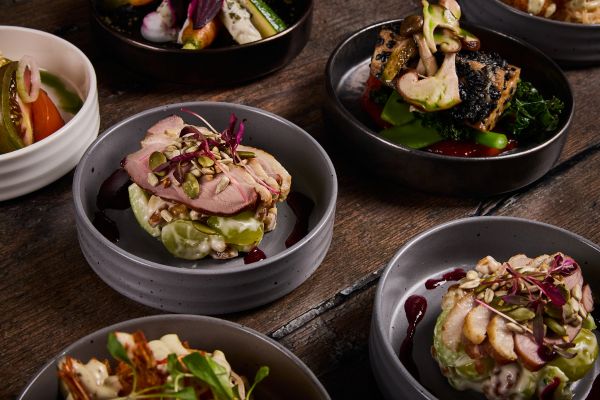The connection between food and romance is undeniable - eating is one of our greatest sources of pleasure and so dining together draws us closer in this shared experience.
According to Maryanne Fisher, a professor of psychology St. Mary’s University, Nova Scotia, food is also a way of displaying skills to a potential mate - from taking one’s partner out for a fancy dinner date to cooking for your loved one at home. This is often why, you might have noticed, an individual’s weight tends to fluctuate depending on their relationship status.
Fisher suggests that those who are recently infatuated produce an overabundance of “reward hormones” - like norepinephrine - which in turn produce feelings of euphoria, giddiness, energy… and suppress appetite. On the other hand, married couples often gain weight as a matter of social contagion. If one spouse has poor eating habits, the other spouse is likely to pick them up. Plus, once comfortable, there’s little motivation to stay away from cosy snacking.
There is also a rich history behind the sexual nature of certain foods - stemming from folklore and, more often than not, based on the shape of the foods in question! Here, we’ve taken a look at a few different ‘love foods,’ the science and superstition behind them.
Honey
Honey has been considered an aphrodisiac for centuries; a symbol of fertility and procreation. Even the word “honeymoon” stems from the hope for a sweet marriage. From a more scientific perspective, honey contains and nitric oxide, which is released in the blood during arousal. Hippocrates, the ancient Greek physician, prescribed honey for male virility.
Chilli Peppers
This invigorating spice has an exotic reputation and a bright red colour, which is likely why it’s considered a symbol of love and passion. Chilli peppers also release endorphins, increase heart-rate and make you sweat, all symptoms that could be confused for being around your crush.
Pomegranate
A symbol of temptation: some say the forbidden fruit of the Bible was not an apple, but a pomegranate fruit. The word aphrodisiac originates with the Greek goddess of love, Aphrodite, who is credited in Greek mythology with planting the first pomegranate tree.
Chocolate
Chocolate first arrived in Europe in the 16th century, though it wasn’t until Victorian times that it became associated with Valentine’s Day. A certain Mr. Cadbury made this sweet popular by launching decorated boxes of chocolates, with the suggestion of saving the box as a place to store secret love letters.
In terms of its aphrodisiac qualities: Montezuma, the Aztec king, was rumored to have consumed 50 cups of chocolate each day in order to satisfy his many, many wives. Scientists have suggested that one of chocolate’s components – phenethylamine – mimics the stimulant in the brain that’s released in the brain when we fall in love.
*
At Prestige Venues & Events we have plenty of menus to seduce you this Valentine’s Day. So, now you’ve read the folklore and the facts, give in to temptation and treat yourself and your better half.

